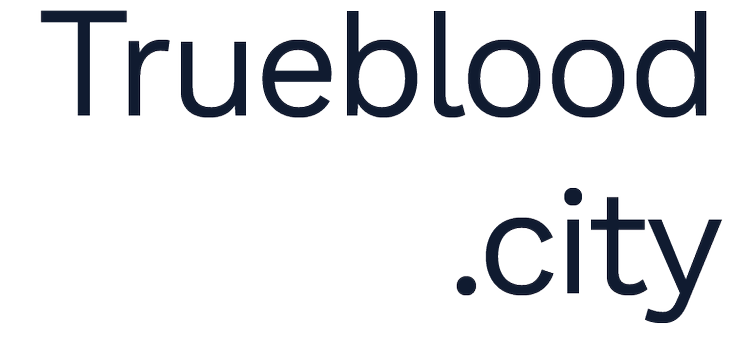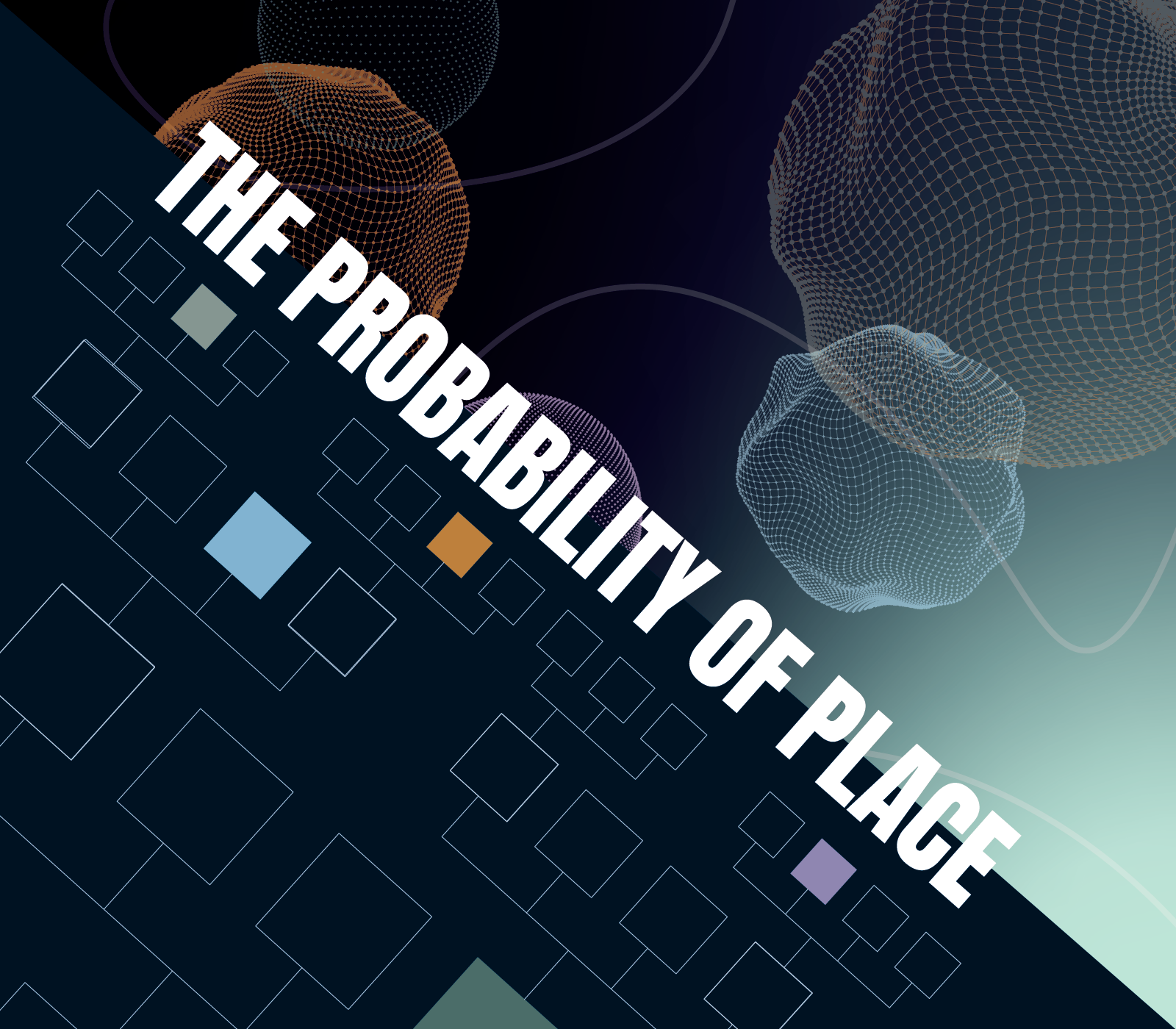The Probability of Place
From “If-Then” Production to “If-Maybe” Progress
We are in the middle of a revolution as AI, and specifically Large Language Models (LLMs), are changing how our world works. Traditional computer systems are built to produce predictable outputs from a series of commands, essentially a series of binary on/off switches producing consistent, repeatable results. We are increasingly in a world in which an output is based on probabilities, producing varied (but often similar) outcomes each time. In short, we are morphing from deterministic thinking (if A, then B) to probabilistic reasoning if A then maybe B).
On a recent Hard Fork podcast, the hosts discussed how Apple, despite its engineering prowess, is struggling to keep up with LLM leaders like OpenAI and Anthropic. Apple’s challenge, they noted, isn’t just technical, it’s cultural. Apple is built to deliver polished, predictable systems based on deterministic thinking. AI, by contrast, is inherently messy and probabilistic. This shift is playing out far beyond Silicon Valley and signals a sea change in the underlying logic of our technological progress. This shift has parallels in other domains, including how we work to build more vibrant, inclusive places. Just as AI systems rely on probability to learn and adapt, so too do place-based initiatives require experimentation, iteration, and adaptation to local context.
The Deep Roots of Determinism
Deterministic thinking didn’t begin with computers or the internet. In terms of economic impact, it can be traced to the first industrial revolution, where engineering created systems that could be reliably repeated. From steam engines to screw threads, and later to vacuum tubes and transistors, we developed a mindset built around reproduction that had unprecedented impacts on scale and quality.
Of course, probabilistic thinking isn’t new — we see it in sports, politics, medicine, and even the scientific method. In the world of medicine, how many people have been frustrated by a doctor’s inability to only share likelihoods of success or risks? Yet in our everyday lives– and underlying much of our economic progress– is the engineering framework that has provided humans with a very specific and testable framework for making and doing things. We can get mass production, high quality, and perhaps most importantly, replicability from these types of systems. Apple’s iPhone is perhaps the epitome of that.
But as the hosts of Hard Fork pointed out, AI is driving a shift from deterministic systems to probabilistic, more human-like ones. Unlike computers, which have determined or predictable outputs every time, how we react to something (our output) may depend on an innumerable number of unpredictable factors like how we slept, the mood of our toddler, the weather, or whether we ate lunch. Often we could make predictions about others may act or react, but, kind of like a ChatGPT output, we can never be sure. (Rabbit hole side note: the quantum computing revolution will only intensify this shift.)
This shift is affecting Silicon Valley in the way coders and engineers work, as it is changing the very nature of what it means to code. But it is certainly also coming for all the industrial processes that engineering and its underlying determinism have created over the centuries from manufacturing to product development. The podcast made me realize that this shift is not just an evolution to the next generation of a new technology but rather a fundamental revolution in thinking and working akin to the industrial revolution.
The “If-Maybe” work of our places
I think this logic can apply to various domains, including that of local economies. Efforts to create more economically vibrant places are probabilistic for a few reasons. First, every single place is very different, with different economic and political structures, different natural geographies, different histories (there’s only one Cambridge, Massachusetts which is the result of decisions from hundreds of years ago), and different ecosystems of organizations. And even if we could create a mirror of a place (or in the tech world a “digital twin”) we can never model all of the intricacies of human peculiarity. How can a digital twin know that the head of the Chamber of Commerce and the University President can’t stand each other, so a partnership would be hopeless. But then the University President moves to another school and we’re back in business!
While rarely said outright, many seem to hope they can simply replicate what worked elsewhere — following a familiar playbook, step by step. The harder reality is that we have to understand what other places have done, but see it through the lens of probabilistic thinking. Here are the inputs and outputs of that place. Given the inputs my place has and the outputs I have, what should I focus on to be more likely to succeed and what should I discard?
A recent example
This probabilistic mindset isn’t just useful in understanding AI. I think it can apply to numerous other realms, including regional economic development. I attended a gathering of regional economic growth coalitions and funders in June at which regional leaders spoke about some of the challenges of philanthropic funding. Many funders are looking to fund approaches with specific outcomes. The “if I fund A then I will get B outcomes” view can lead to the funded organizations feeling like vendors which are selling the widgets of specific outcomes. There are certainly cases in which the kinds of outcomes philanthropic organizations seek to achieve can be this predictable. Malaria reduction comes to mind.
Yet there are plenty of other realms, including economic vibrancy, that require a complex ecosystem to be successful. That means the complexities and eccentricity of humans, organizations, politics, economics, and even nature must come together and align. It's more like an LLM where you can give the same prompt twice and get two different (but equally valid) responses. It’s a shift from deterministic logic (fund A, get B) to probabilistic reasoning (fund A and increase the odds of getting B but maybe actually get Z which is even better). One regional leader at the gathering raised the idea of “trust funding,” which is less about trying to buy specific outcomes and more about flexibility funding a high-performing organization which has its own clear goals and strong team to deliver outcomes or adjust based on new information.
So what does it mean to think probabilistically about place? It means shifting expectations and strategies:
Be bold and be ready to miss. Set ambitious goals, but expect nonlinear paths and imperfect outcomes.
Resist the lure of certainty. Success depends on dynamic ecosystems, not step-by-step formulas.
Invest in relationships and networks. Progress often hinges on trust, alignment, and people, not just policies.
Create conditions for serendipity. Strong environments foster experimentation, learning, and the unexpected.
Fail forward. Not all progress is linear or measurable. Prioritize learning and iteration over rigid plans.
Probabilistic thinking doesn’t mean giving up on impact, it just means embracing complexity and designing for uncertainty.

